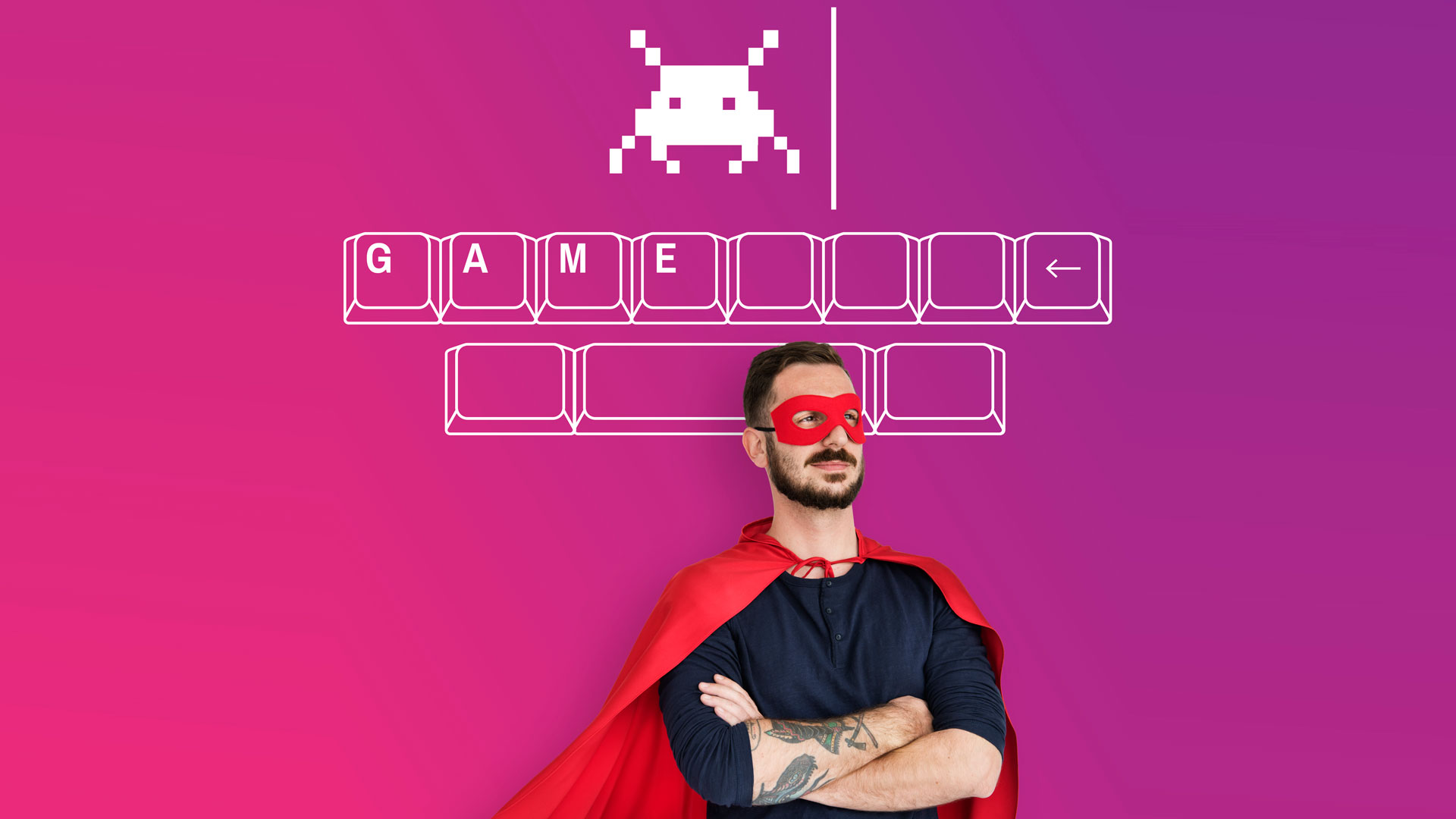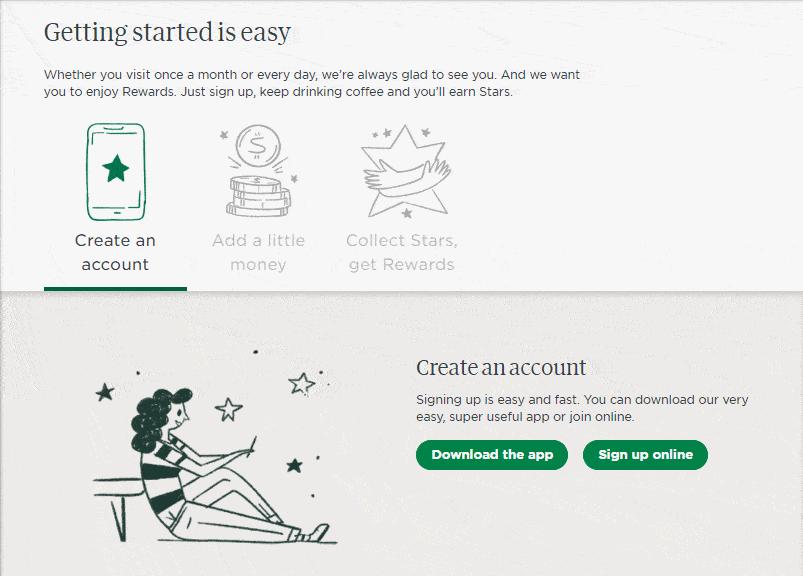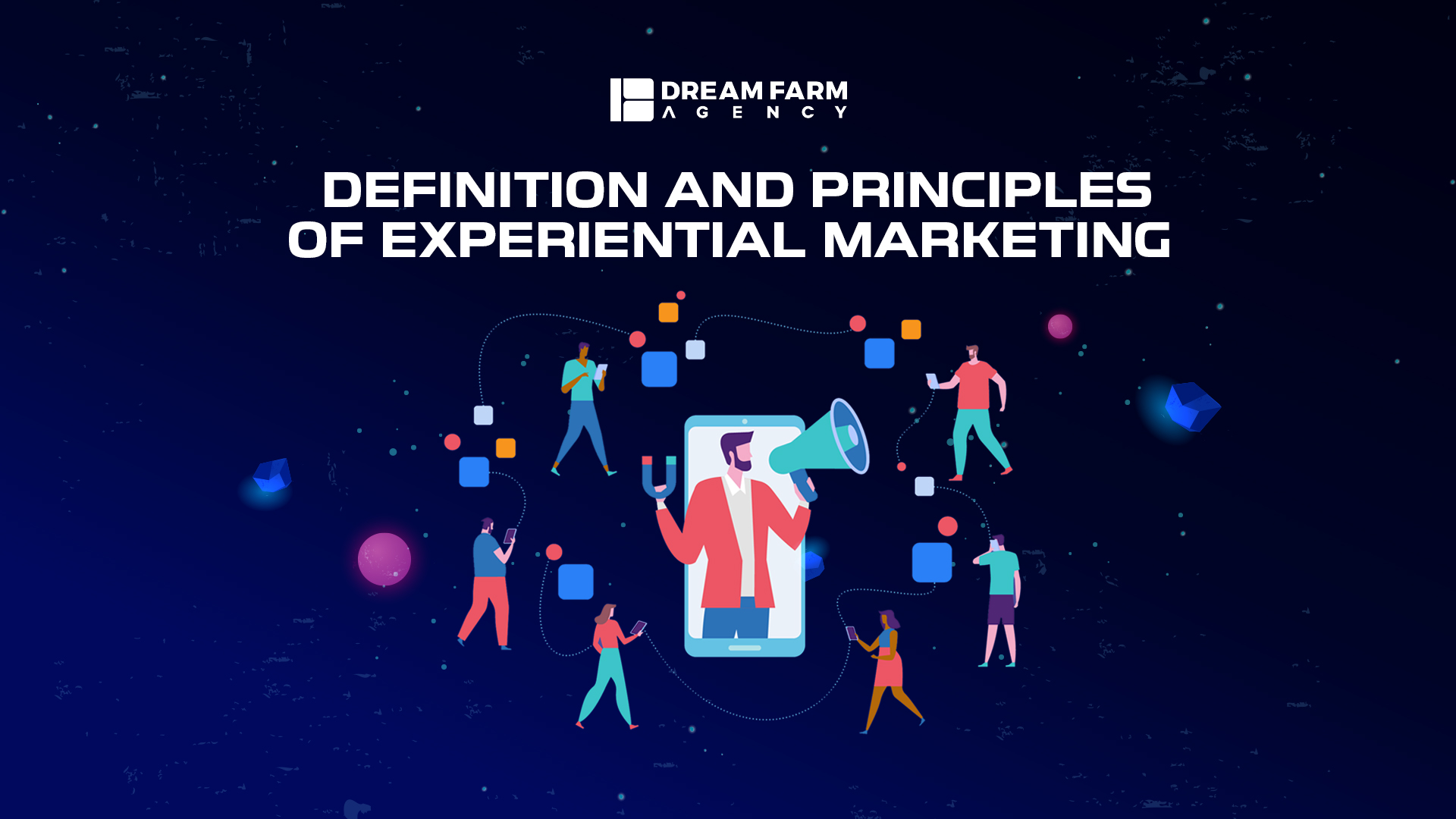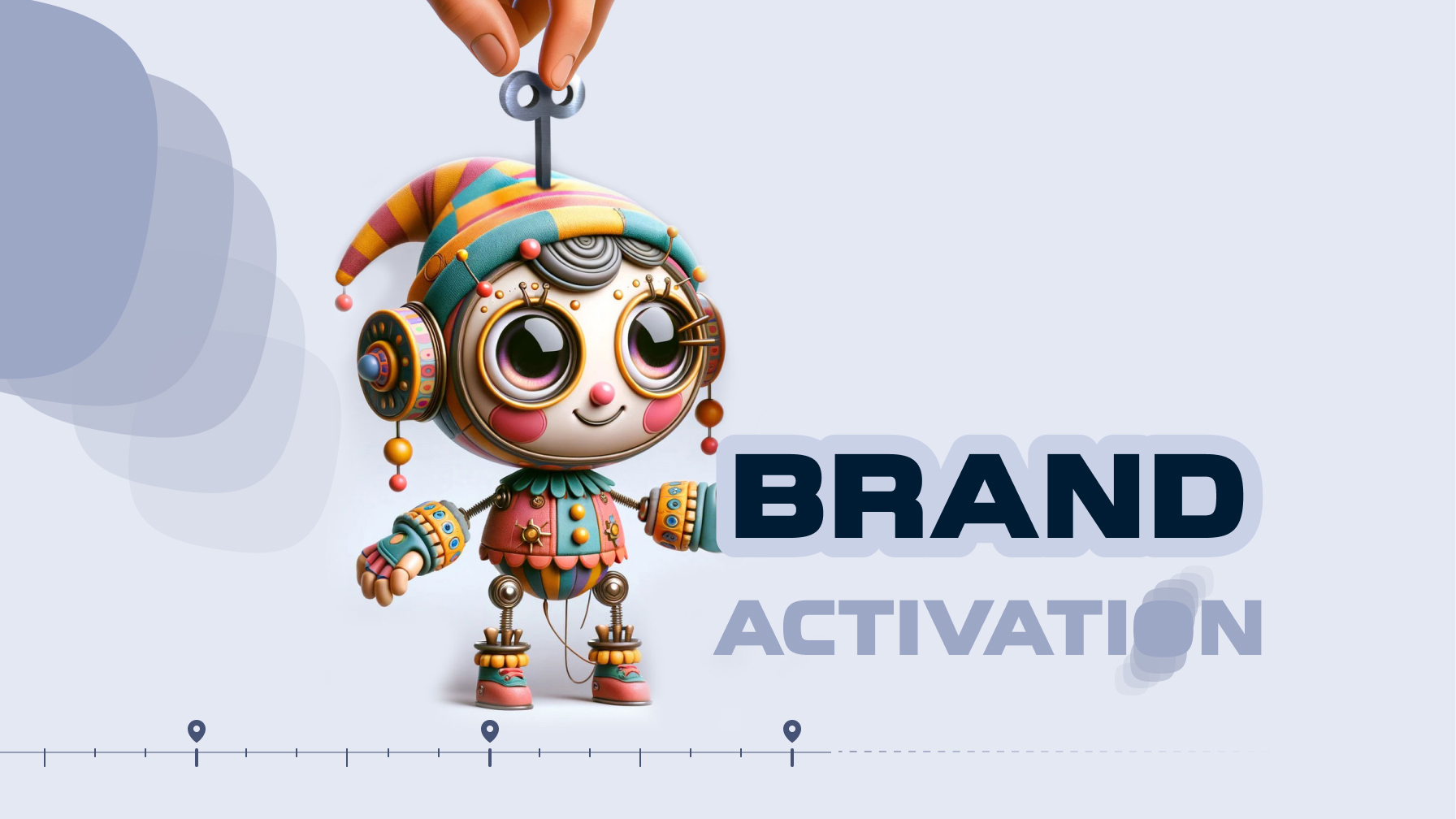
- What is Gamification and How Does it Apply to Marketing?
- How Gamification Creates Memorable Brand-Customer Experience
- Techniques for Effective Gamification
- Success Stories: Brands That Mastered Gamification
- Implementing Gamification in Various Marketing Channels
- The Influence of AR, VR, and AI on Future Gamification Strategies
- Designing Ethical and Impactful Gamification
- Designing Interactive Elements for User Engagement
- Looking Ahead: What's Coming in the Gamification Industry
- Unlock the Potential: Innovate, Engage, and Succeed with Gamification
In a world where brands are in a difficult competition to draw the audience’s attention, gamification is playing a stunning role to engage customers, increase loyalty and leave a long lasting impression. In this article, we explore the exciting world of gamification and how it greatly influences modern marketing strategies.
What is Gamification and How Does it Apply to Marketing?
Gamification adds interesting elements to regular things and brings out the natural desire to compete, achieve and get rewards. Actually, gamification makes every interaction more exciting to make a pleasant journey. Imagine unlocking achievements, earning badges, and competing with fellow customers – all while engaging with a brand.
So, how gamification helps marketing? It makes the experience more interactive for customers. Whether it’s loyalty programs, quizzes, or challenges, gamification brings the brand and the customer closer together, making the connection stronger.
Also read this Article : What is Gamification?
How Gamification Creates Memorable Brand-Customer Experience
The more enjoyable experiences we have, the more we remember! Memories are made of experiences and gamification builds interactions that are not easily forgettable. By implementing interactivity to customer journey, brands can closely connect to emotions and make interactions more impactful.
By creating fun challenges, tasks, and keeping track of progress, customers feel like they’re the main characters in the brand’s story. When they achieve things and see progress, it makes them feel like they’re a part of the brand, and they become big fans who support and talk about the brand to others. In other words, customers turn into brand advocates.
Techniques for Effective Gamification
To succeed in gamification, first you need to know your audience. Then, by setting clear objectives and implementing the right interactions, you’ll be on the journey. Here are some techniques for successful gamification:
- Setting clear Goals and Rewards: Set clear goals for customers, and when they achieve these goals, give them rewards. These rewards can be discounts, special content, virtual items or anything that will fascinate your users.
- Making progress: Make users feel like they’re progressing by letting them reach higher levels or access new things as they get more involved. Some companies do this by creating a ranking system.
- Competition and Collaboration: Include elements where people can compete against each other or work together. Some people like competition, while others prefer cooperation. Leaderboards and team challenges can drive engagement.
- Personalization: Customize the experiences based on what users like and how they behave. Give them challenges and suggestions that are specific to them. This makes their engagement better because it feels more personal.
Success Stories: Brands That Mastered Gamification
A lot of well known brands have applied gamification to achieve impressive results:
1.Samsung S4: “all eyes on S4” was the name of the campaign for galaxy S4 release. In this campaign, which was a combination of guerilla marketing and gamification, people needed to avoid taking their eyes off the S4. But this wasn’t an easy thing to do! Watch it here:
2. Starbucks: Starbucks is known for its tech-savvy approach, and stands out with its “My Rewards” program. In this program, when someone buys coffee or other goodies at Starbucks, earns stars. By collecting enough stars, they use them to get discounts or even free stuff. But Starbucks goes the extra mile with its app. It lets them order coffee ahead of time, pay for it later, and even gives the customer their very own music playlists on Spotify. It’s not just about making great coffee; Starbucks knows how to use technology to make coffee experience even better.

3.Headspace: Headspace gives little rewards to encourage the user to spend more time in the app. But there’s a debate about whether this takes away from the whole point of relaxation and mindfulness. Some people think it makes the user focus more on meeting goals than just chilling out. Headspace has also started making their app more accessible to everyone, not just those into mindfulness, which seems to be a trend in health apps. So, it’s a reminder that gamification can change how people use an app, for better or worse.
Implementing Gamification in Various Marketing Channels
Gamification has a super power to be used in various marketing strategies for increasing brand interactions, driving engagements or brand awareness.
Here’s a deeper look at how gamification can be applied in different platforms:
Social Media: Boosting Interaction and Brand Visibility
Brands can use gamification to create fun quizzes, contests, and challenges to catch the eye of their followers. When brands add these game-like elements to their social media posts, it’s not just about having fun – it also helps their brand get noticed more. It encourages people to get involved and feel closer to the brand.
One of the most common methods is encouraging your audience to create UGC.
A great example of doing this is presented by Starbucks with #RedCupContest on Instagram. This contest is held by Starbucks every December.
E-commerce: Building Customer Loyalty and Keeping Them Coming Back
E-commerce platforms can use gamification to create customer loyalty. By setting up loyalty programs that reward customers for making purchases more than once, brands can make customers feel accomplished and satisfied. Gamification features like virtual badges, reward points, and different levels can motivate customers to explore more products, make more purchases, and strengthen their connection with the brand. This not only keeps customers coming back but also improves the overall shopping experience.
Email Marketing: Increasing Open Rates and Conversions
Gamification can add excitement to email marketing campaigns. By including fun game-like elements such as scratch cards, spin-the-wheel promotions, or interactive challenges, brands can entice people to open their emails and engage with the content inside. The element of surprise and the chance to win rewards can significantly boost the number of people who open emails and take action, like making a purchase. Gamification adds an interactive layer to traditional email marketing, making it more engaging and memorable for the people who receive the emails.
When brands use gamification in different marketing channels, they create immersive and interactive experiences for their audience. By carefully matching the gamification features with each platform’s unique characteristics, brands can achieve higher engagement, deeper connections with customers, and ultimately, more success in their marketing efforts.
The Influence of AR, VR, and AI on Future Gamification Strategies
The future of gamification is changing, thanks to Augmented Reality (AR), Virtual Reality (VR), and Artificial Intelligence (AI). These technologies are transforming how we interact with the world. AR makes games more interactive by mixing real and imaginary things. VR takes us to new, exciting worlds where we can have personalized adventures. AI makes games fit each person, so they’re more interesting. When we put these technologies together. This is the future of gamification, where technology makes games better and more engaging for everyone.
Designing Ethical and Impactful Gamification
Great power comes with great responsibility. Designing ethical gamification means avoiding addictive mechanics and ensuring that customers are engaged for the right reasons.
For example, having gamification mechanism on a meditation application can put its purpose in danger but having the same mechanism on a language learning application can make users spend more time on the application and learn more, which is a win-win situation.
Also take note that transparency is key – customers should know the data collected and how it’s used to enhance their experience.
Designing Interactive Elements for User Engagement
At the core of gamification is the idea that people actively take part in something. To maximize user engagement:
- Have a feedback Loop: Provide instant feedback on user actions. This helps users understand their progress and motivates them to continue.
- Don’t forget storytelling: Using the right storytelling elements will make users feel connected and interested in what’s happening. Doulingo, for example, is using this technique by creating different characters with different personalities.
- Surprise users and Delight them: Introduce unexpected elements to keep users engaged and eager to explore more. Like giving them access to a new feature to personalize their avatar after reaching a certain level.
As marketing keeps changing, gamification is like a bright light of new ideas. It taps into how people think and feel, making regular brand stuff into exciting journeys. When brands use gamification, they can make stronger bonds with customers, keep them coming back, and shine in a busy online world.
Looking Ahead: What’s Coming in the Gamification Industry
The global gamification industry is on a path of impressive growth, with experts predicting a strong compound annual growth rate (CAGR) of 27.4% in the years ahead.

This industry is set to expand from $9.1 billion in 2020 to an impressive $30.7 billion by 2025. A significant driver of this growth is the effective blending of gamification with employee engagement and performance, offering a substantial return on investment.
Additionally, the gamified learning sector is also poised for substantial growth, projected to reach a substantial $25.7 billion by 2025. The education field is expected to see a robust compound annual growth rate of 14% during this period, propelling the market to a notable valuation of $25.7 billion in 2025 – a remarkable increase of $12.3 billion from the current figure.
Looking back over the past five years, we can observe the dynamic rise of the global gamification market, which has increased by a substantial $7.03 billion. In 2016, this market was valued at $4.91 billion, and it has since evolved into its current valuation of approximately $11.94 billion, marking an impressive 143% growth.
Unlock the Potential: Innovate, Engage, and Succeed with Gamification
As we explore the landscape of the gamification industry, it’s clear that the combination of playfulness and purpose is leading the way, sparking growth, creativity, and transformative experiences.
This article serves as your roadmap to tap into the captivating potential of gamification to revolutionize your marketing strategies. It’s time to kickstart the adventure and captivate your audience like never before.
Remember, your brand’s journey is just a game away.
To take your brand to the next level and truly harness the power of gamification, partnering with experts can make all the difference. At Dream Farm Agency, we specialize in crafting unique gamification strategies that align with your business goals, driving engagement and boosting your brand’s success. Ready to get started? Explore our Gamification Consulting Services and discover how we can help you innovate, engage, and succeed.

Rojan



